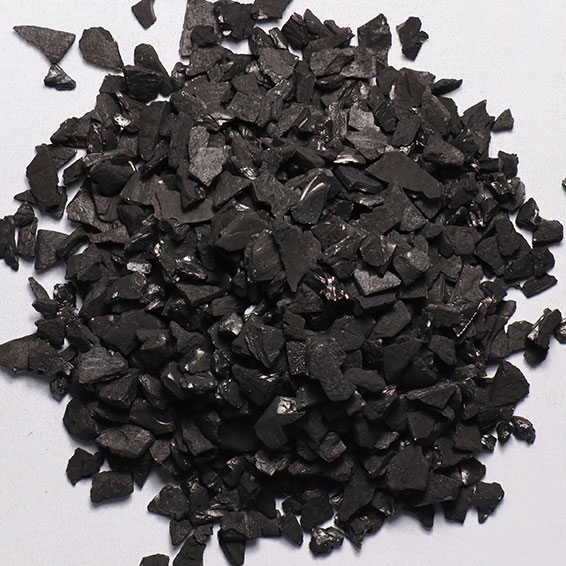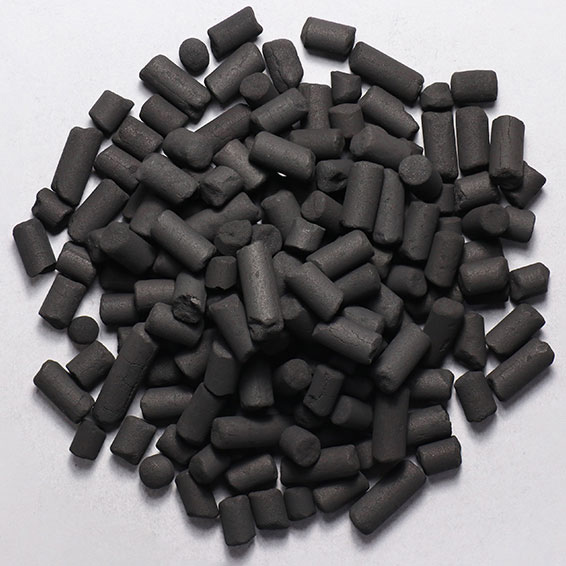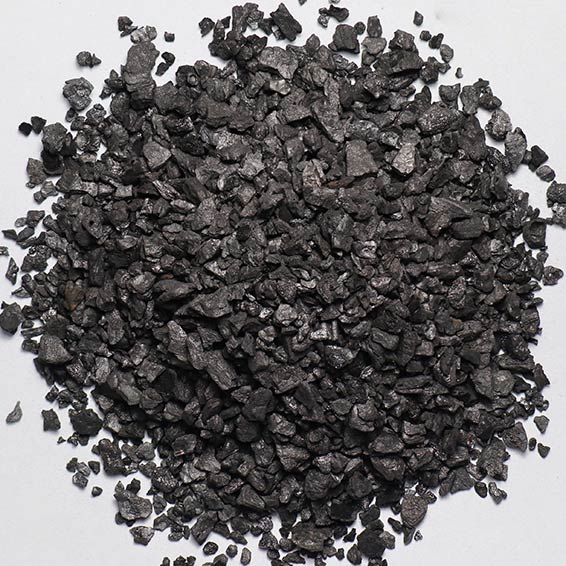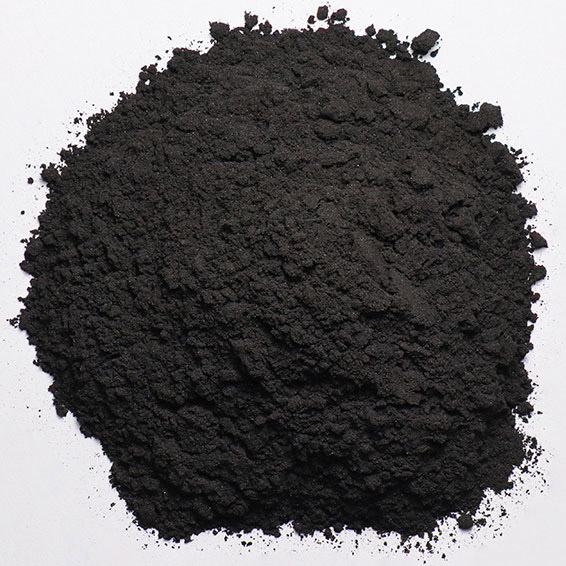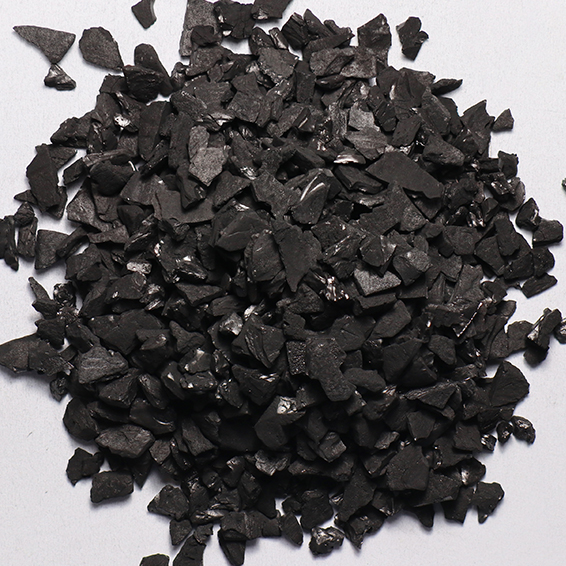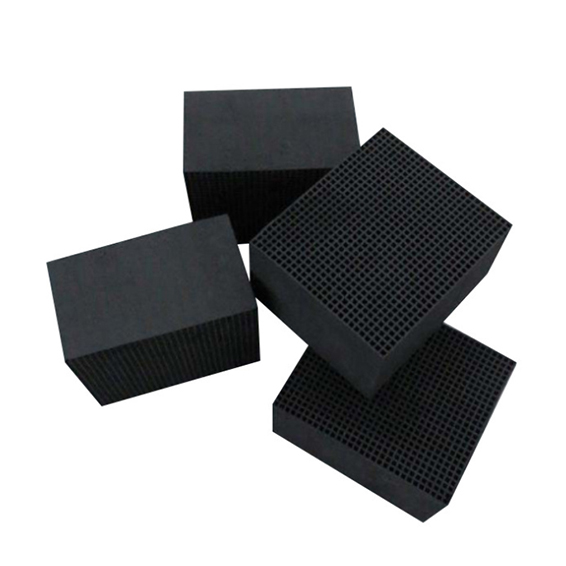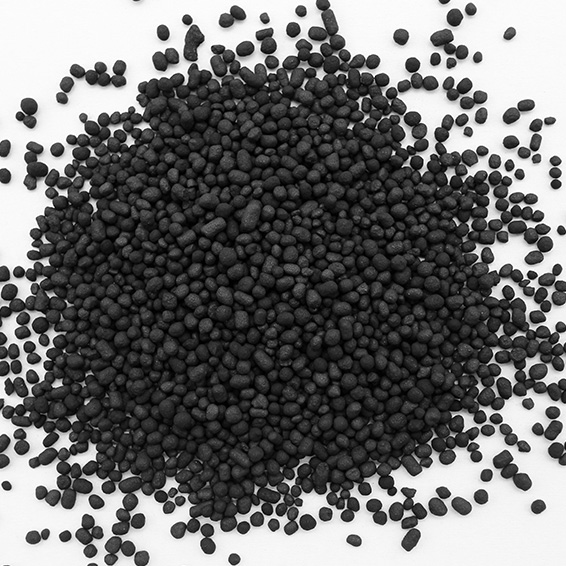YOU ARE HERE: Home > PRODUCTS > Activated Carbon >
Activated Carbon
Activated carbon, also called active carbon and activated charcoal, which is a specially treated carbon that heats organic raw materials (husks, coal, wood, etc.) in the absence of air to reduce non-carbon components (this process is called carbonization), and then reacts with gas, and the surface is Corrosion produces a structure with well-developed micropores (this process is called activation). Because the activation process is a microscopic process, that is, the surface erosion of a large number of molecular carbides is point erosion, which results in countless small pores on the surface of activated carbon. The micropore diameter on the surface of activated carbon is mostly between 2-50nm. Even a small amount of activated carbon has a huge surface area. The surface area of activated carbon per gram is 500-1500m2. Almost all applications of activated carbon are based on this feature of activated carbon. Activated carbon is classified as granular activated carbon(GAC), powered activated carbon(PAC), extruded activated carbon(EAC), bead activated carbon(BAC), impregnated carbon,etc.
Activated carbon is used in methane and hydrogen storage, air purification, solvent recovery, decaffeination, gold purification, metal extraction, water purification, medicine, sewage treatment, air filters in respirators, filters in compressed air, teeth whitening, production of hydrogen chloride and many other applications.


